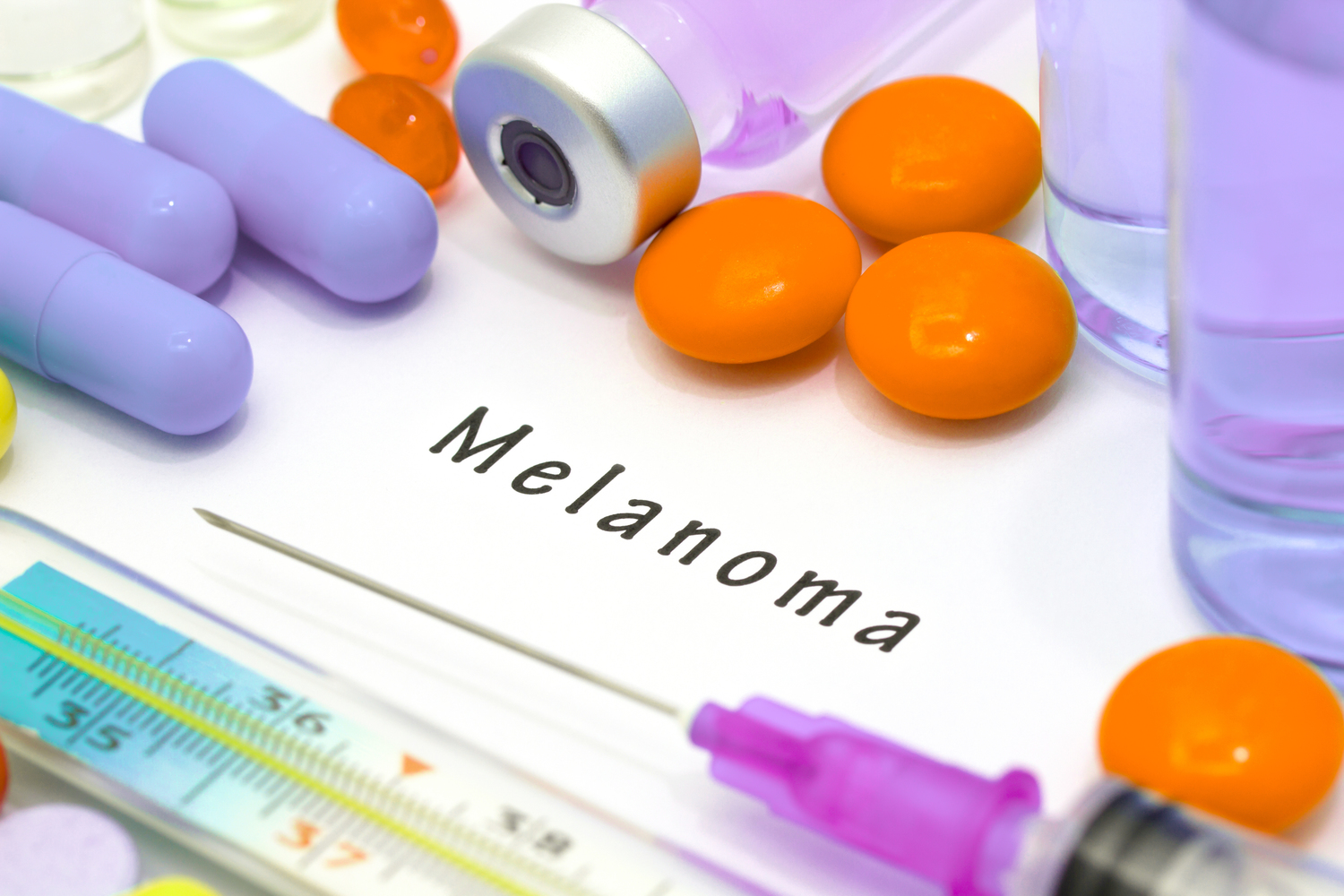
Risk Factors and Prevention of Melanoma
Melanoma, otherwise called malignant melanoma, is a cancer that forms from melanocytes. Melanocytes are the cells that form the pigment melanin in your body, which gives color to your hair, eyes, and skin. There is nothing you can do that will completely eliminate possibilities of acquiring melanoma as it can sometimes be genetic in nature. However, you can avoid environmental risk factors and control it as much as you possibly can.
The following are the risk factors that contribute to the development of melanoma and other forms of skin cancer:
- Fair skin
- Light-colored hair
- Light eyes
- A high number of moles on your body
- Genetics (family history of melanoma or other skin cancers)
- Past history of skin cancer or melanoma
- Weakened immune system
- Age: if you’re about 50 years old, you have a higher chance of developing melanoma. It occurs more frequently in youngsters than any other type of cancer.
- People with certain genetic conditions like xeroderma pigmentosum, Werner syndrome, ovarian or breast cancer, etc.
- Sun exposure: Exposure to UV radiation does your skin no good. People who live in sunny climates or at high altitudes have an increased risk of developing skin cancer and melanoma.
Prevention of melanoma starts with protection from ultraviolet radiation
Exposure to ultraviolet radiation is one of the leading causes of all types of skin cancer. To protect yourself from this harmful radiation:
- Wear sunscreen
Make sure to apply sunscreen on a daily basis. Since ultraviolet radiation can still damage your skin even if the weather is cloudy, make sure to use a broad-spectrum sunscreen with SPF 30. - Seek shade
Limit your exposure to the sun between 10:00 AM and 04:00 PM and try to seek shade as much as possible. - Wear protective clothing
Cover yourself as much as possible while going out in the sun using sunglasses, hats, and fully covered clothes. UV protective sunglasses also work well. You can use clothes designed from fabric labeled “UV protection factor” (UPF). - UV rays
UV rays of tanning beds are believed to be harmless. On the contrary, they cause long-term skin damage. If you have a history of melanoma or if you are experiencing symptoms of the same, it’s best to avoid outdoor sunbathing, sun lamps, tanning beds, etc. - Protect children
Children tend to spend a lot of time outdoors and are ignorant of the dangers of UV ray exposure. Parents and other caregivers should make sure that children go out with proper sunscreen and protective clothing. They also need to be taught about the harmful nature of UV rays. - Avoid weakening your immune system
If your immune system takes a toll, it is more susceptible to cancers and other diseases. Taking too many tablets and acquiring autoimmune diseases can heighten the chances of you acquiring melanoma. - Watch out for moles
If you have an abnormally large number of moles on your body, keep monitoring them frequently. Show them to your doctor before they grab the chance to become a skin tumor.


